Why did we start NALA?

The reason: Our very own personal story
Our co-founder Jerry had severe atopic dermatitis during his childhood and youth (see picture).
Even though he is 99% symptom-free today, we understand very well how those affected feel and what the every-day challenges are.
We asked ourselves: what if we could provide the 200 million atopic dermatitis patient worldwide with a tool that could significantly decrease the suffering and shorten the time to your hyper-personalized treatment plan and ultimately to a happy skin?
Welcome to: Nala.
Therefore, our goal is to help other atopic dermatitis patients (and their families) as much as possible – by being your fast-track to a happy skin.
In Germany, atopic dermatitis is the most common chronic child condition.
“According to epidemiological studies from Germany, about 23% of infants and toddlers, 8% of schoolchildren and 2 to 4% of adults use health services for atopic dermatitis, making it the most common chronic disease in children”
(Source: Guideline (S2k) Neurodermatitis Long Version Version 2014)
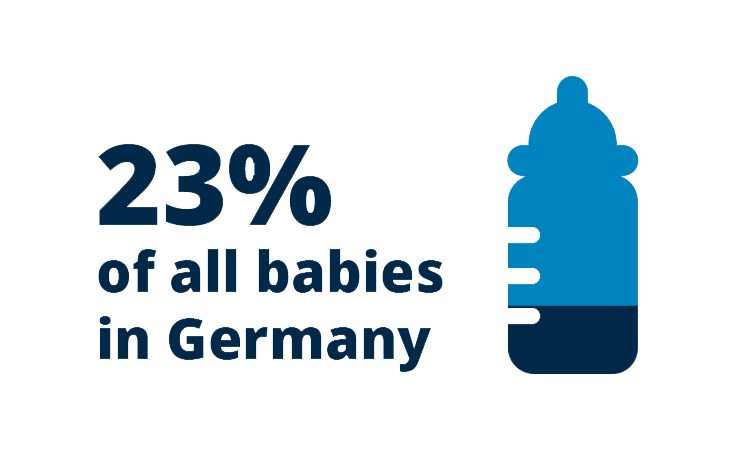

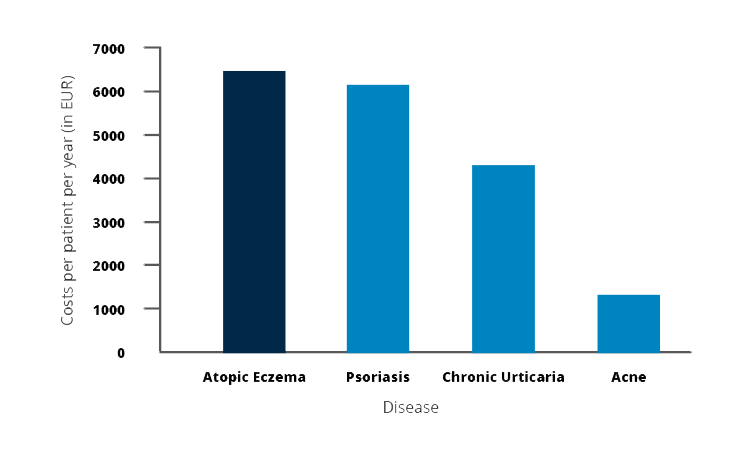
Atopic dermatitis is one of the most expensive skin diseases in Germany.
“In Germany, the average medical expenses of a patient with atopic dermatitis are 6487.36 EUR (for comparison: psoriasis 6169.86 EUR, chronic urticaria 4321.74 EUR and acne 1342.55 EUR).”
(Source: Ring et al. Weißbuch 2010)

World-wide up to 16% of the 6-7 year old and up to 17% of the 13-14 year old children are affected.
“There are significant regional differences across the world with one-year prevalence rates for six to seven-year-olds ranging from 2% (Iran) to 16% (Japan, Sweden). Among the 13-14 year-olds, between 1% (Albania) and 17% (Nigeria) of respondents had symptoms of atopic dermatitis last year in different geographic regions.”
(Source: Leitlinie (S2k) Neurodermitis Langversion Version 2014)
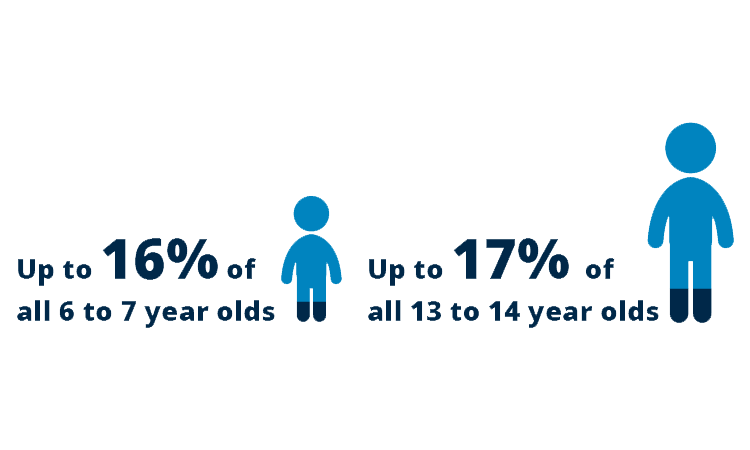

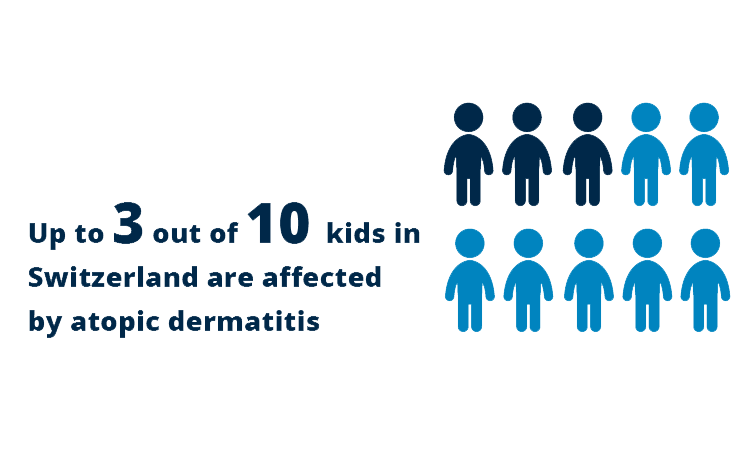
In Switzerland, up to 30% of all children are affected by atopic dermatitis.
“According to the Allergy-Center Switzerland, 15 to 30 percent of children in Switzerland are affected by atopic dermatitis. In adults, between 2 and 10 percent suffer from the disease.”
(Source: https://www.beobachter.ch/gesundheit/krankheit/neurodermitis-atopisches-ekzem-atopische-dermatitis)

Although atopic dermatitis is more common in children, adults are typically affected by the more severe forms of atopic dermatitis.
“In early childhood, atopic dermatitis is particularly common and it’s usually the milder form of atopic dermatitis. Nearly every fourth child is temporarily ill. Adults are affected less often but severe forms are more common. In a study on adult health in Germany (DEGS1) of the Robert-Koch-Institute in 2013, people between the ages of 18 and 29 were particularly prone to be affected by the severe forms; the proportion of men and women was almost the same.”
(Source : http://www.fortbildungswoche.de/downloads/ PM_Neurodermitis_Fobi_2016.pdf)
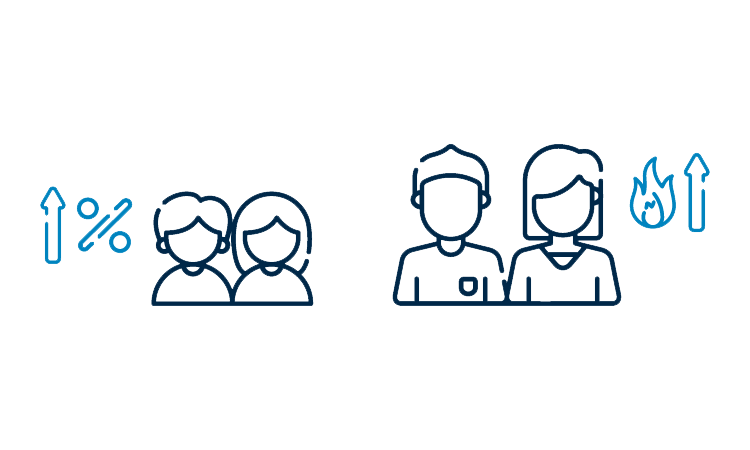

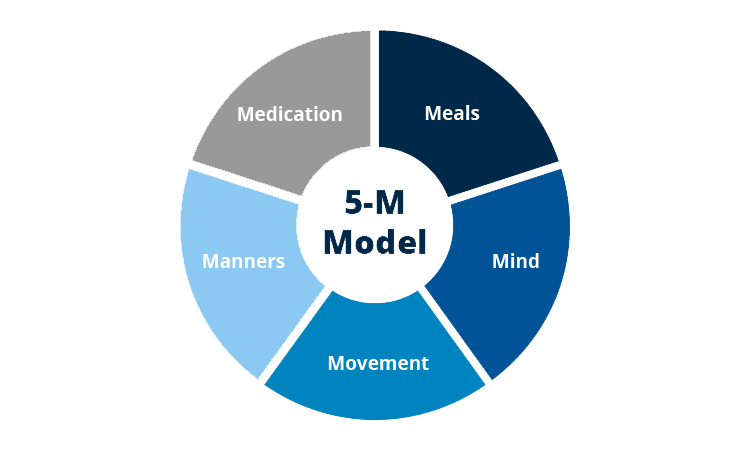
A therapy only based on medication falls short for atopic dermatitis.
“Permanent symptomatic relief is hardly achievable through local, symptomatic therapies with cortisone, antihistamines or radiation.” Therefore: “Treatment of allergies, skin and environmental diseases using a holistic (…) therapy concept”
(Source: http://www.spezialklinik-neukirchen.de/index.php/klinikkonzept)

The training of parents & children, who are affected by atopic dermatitis, improved significantly improved the quality of life of all involved.
“Many people affected by atopic dermatitis are severely burdened by their illness and therapy. This is especially true for children. If they can not sleep at night or are excluded at school, the whole family often suffers. For this reason, the “Swiss Center for Allergy, Skin and Asthma” based in Bern, has been offering special parental atopic dermatitis training courses for some years, where it is possible to learn how to deal with the disease. Studies show that this leads to an improvement in the quality of life of all those involved.”
(Source: https://www.nzz.ch/neurodermitis-1.647666)
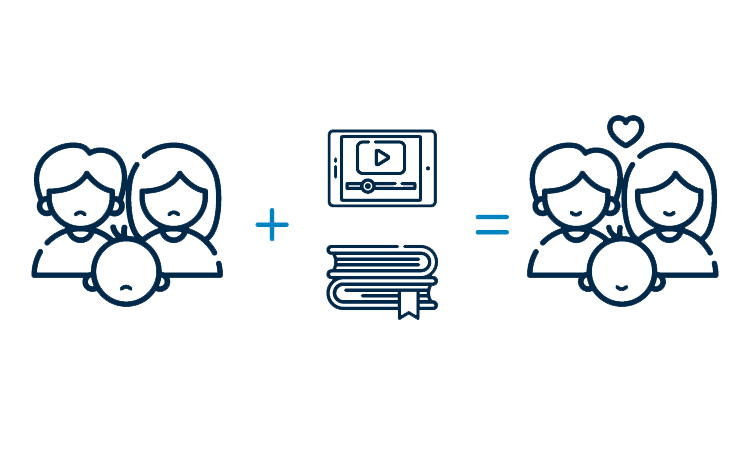

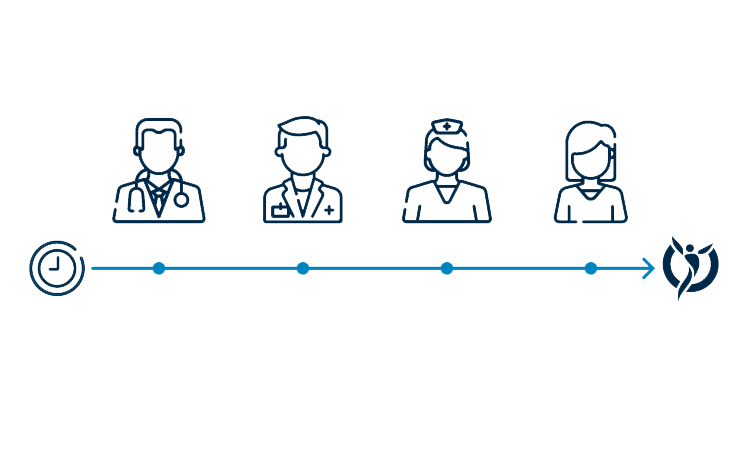
The road to world of digital companions has already been forecasted by industry experts.
“Through successively more sophisticated engineering the instrument thus begins to move from the hands of the specialist to the generalist to the nurse practitioner to the nurse… and then, perhaps, to the general population in the form of a phone accessory or an app. (…) Tomorrow? To understand your personal diagnostic data, you might soon depend more upon an iPhone app developed in a garage than on your local MD.”
(Source: https://a16z.com/2015/01/22/digital-health/)

Patients become equal, pro-active partners in the healthcare process.
“Users will benefit in particular, both healthy and sick people, who will gain access to medical knowledge that until now has largely been reserved for experts. While at the same time they will be able to access their own collected medical data via open interfaces if required. This not only drastically reduces the risk of treatment errors it also makes patients equal partners.”
(Source: Whitepaper „Digital Health: Chancen für etablierte und neue Player im deutschen Gesundheitswesen“ von Project A)


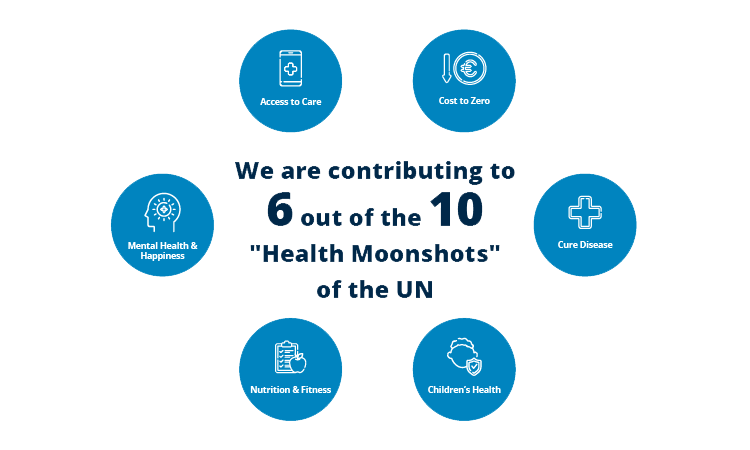
With Nala, we’re contributing to 6 of the 10 “Health Moonshots” goals that the U.N. set as “Sustainable Development Goals for health and wellbeing” by 2030
- “Access to Care”: Together we can deliver quality care to everyone regardless of location or income.
- “Cost to Zero”: Together we can reduce the cost of care to “zero.
- “Cure Disease”: Together we can rid the world of disease.
- “Children’s Health”: Together we can ensure that every child has access to quality care.
- “Nutrition & Fitness”: Together we can ensure access to food, water and a healthy lifestyle.
- “Mental Health & Happiness”: Together we can connect mind, body and spirit in the pursuit of wellbeing.
(Source: https://www.startuphealth.com/moonshots)

Dermatology, and especially atopic dermatitis, has recently caught a lot of attention from Pharma companies
“Dermatology has recently become a point of interest for pharmaceutical innovation. Considering the total number of clinical trials in Phase II, III, and Pre-Registration stages, the already-crowded plaque psoriasis market remains the industry’s top favorite dermatology indication. Following closely behind is atopic dermatitis (AD), another hotbed of clinical development marked by the presence of interleukin (IL) inhibitors and oral Janus kinase (JAK) inhibitors in late-stage development.”
(Source: https://www.pharmaceutical-technology.com/comment/dermatology-pharmas-latest-focus/)
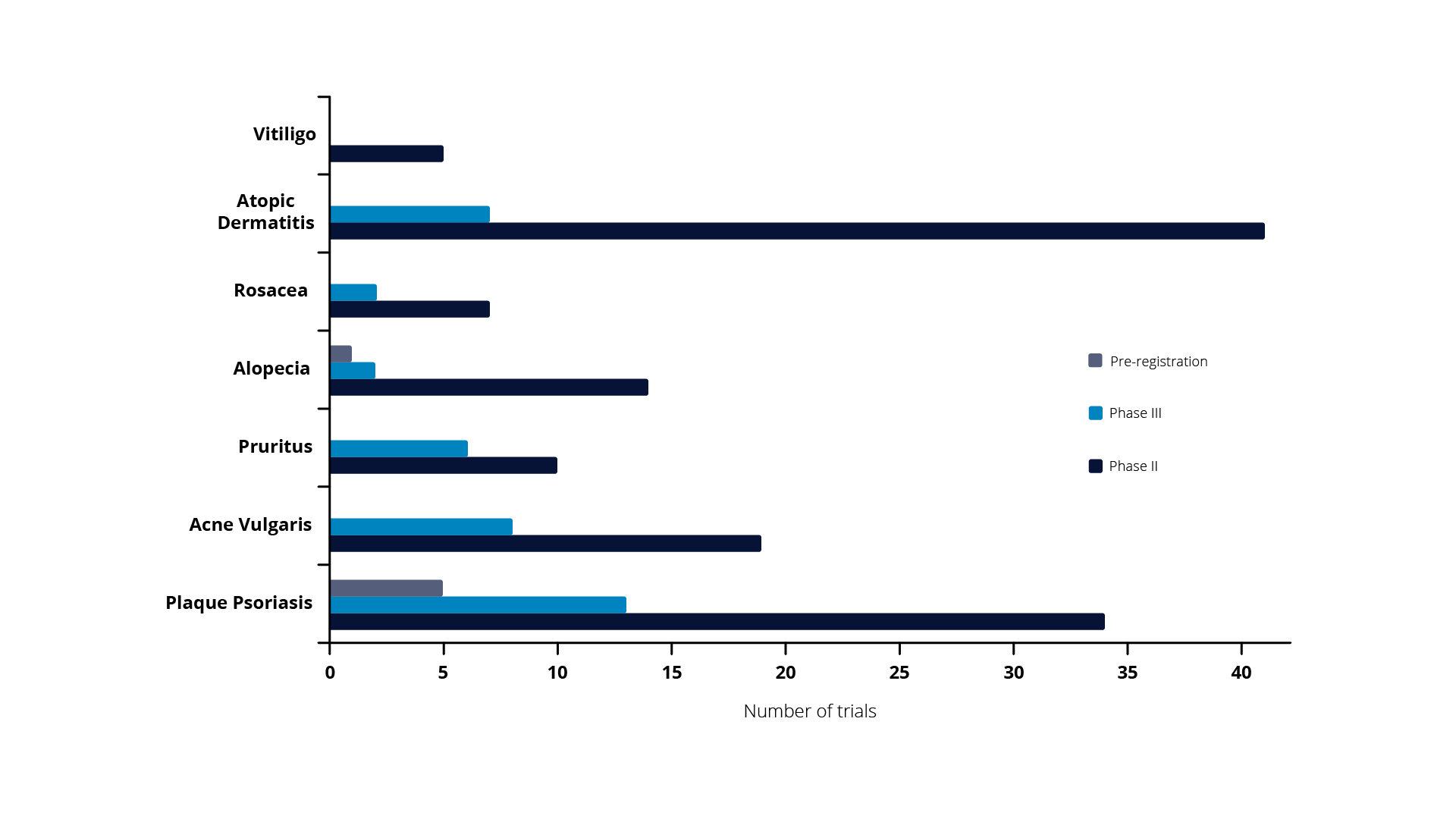
You want to stay up-to-date about NALA?
Please subscribe to our Newsletter:






